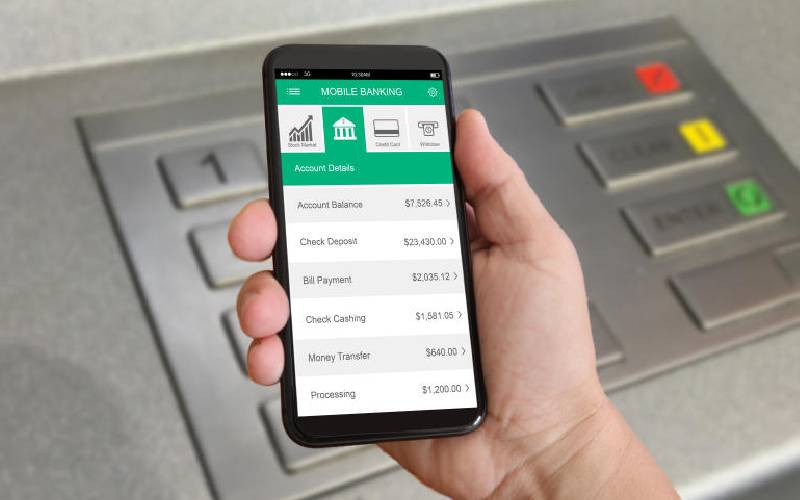
You have probably heard that if you default on a loan, "utawekwa CRB," to mean that you will be blacklisted at the Credit Reference Bureau, the full for CRB.
You might have also heard from President William Ruto, during the Presidential Debate on July 26, that 15 million Kenyans are blacklisted on CRB. True? No.
But what are the facts? Is it a death sentence to have your name at the CRB? Is there anything like being blacklisted? How does CRB listing happen and why?
Facts First
Unlock bold, fearless reporting, exclusive stories, investigations, and in-depth analysis with The Standard INSiDER subscription.
Already have an account? Login
 The Standard Group Plc is a multi-media organization with investments in media
platforms spanning newspaper print
operations, television, radio broadcasting, digital and online services. The
Standard Group is recognized as a
leading multi-media house in Kenya with a key influence in matters of national
and international interest.
The Standard Group Plc is a multi-media organization with investments in media
platforms spanning newspaper print
operations, television, radio broadcasting, digital and online services. The
Standard Group is recognized as a
leading multi-media house in Kenya with a key influence in matters of national
and international interest.

